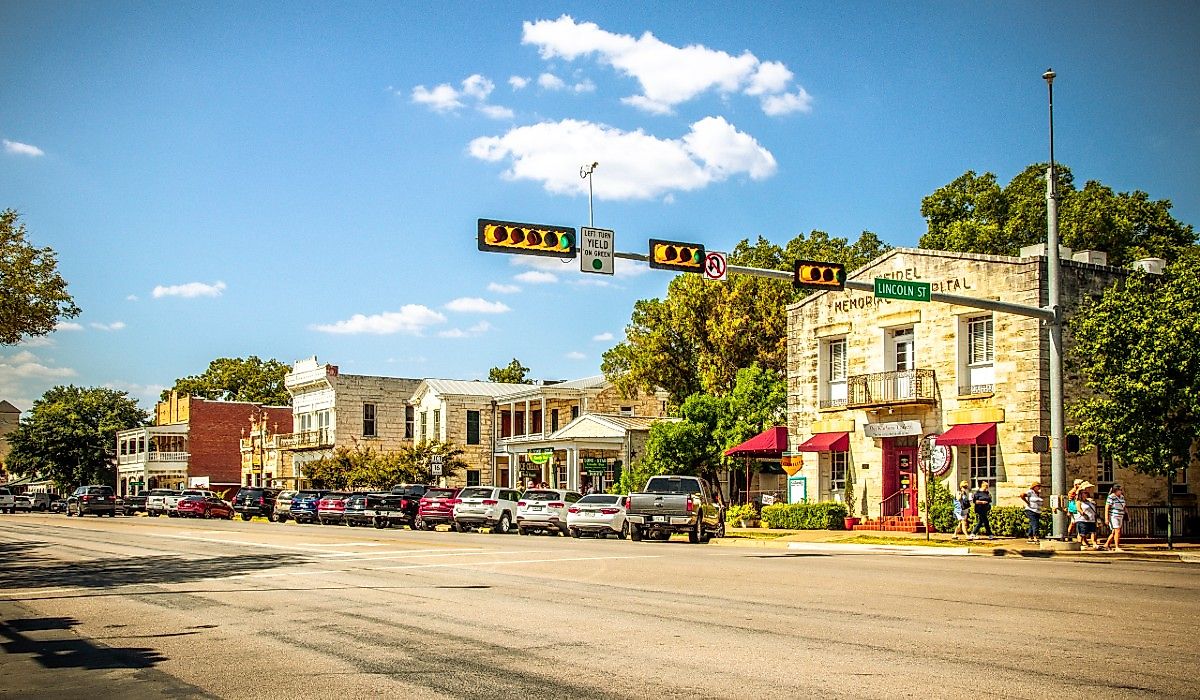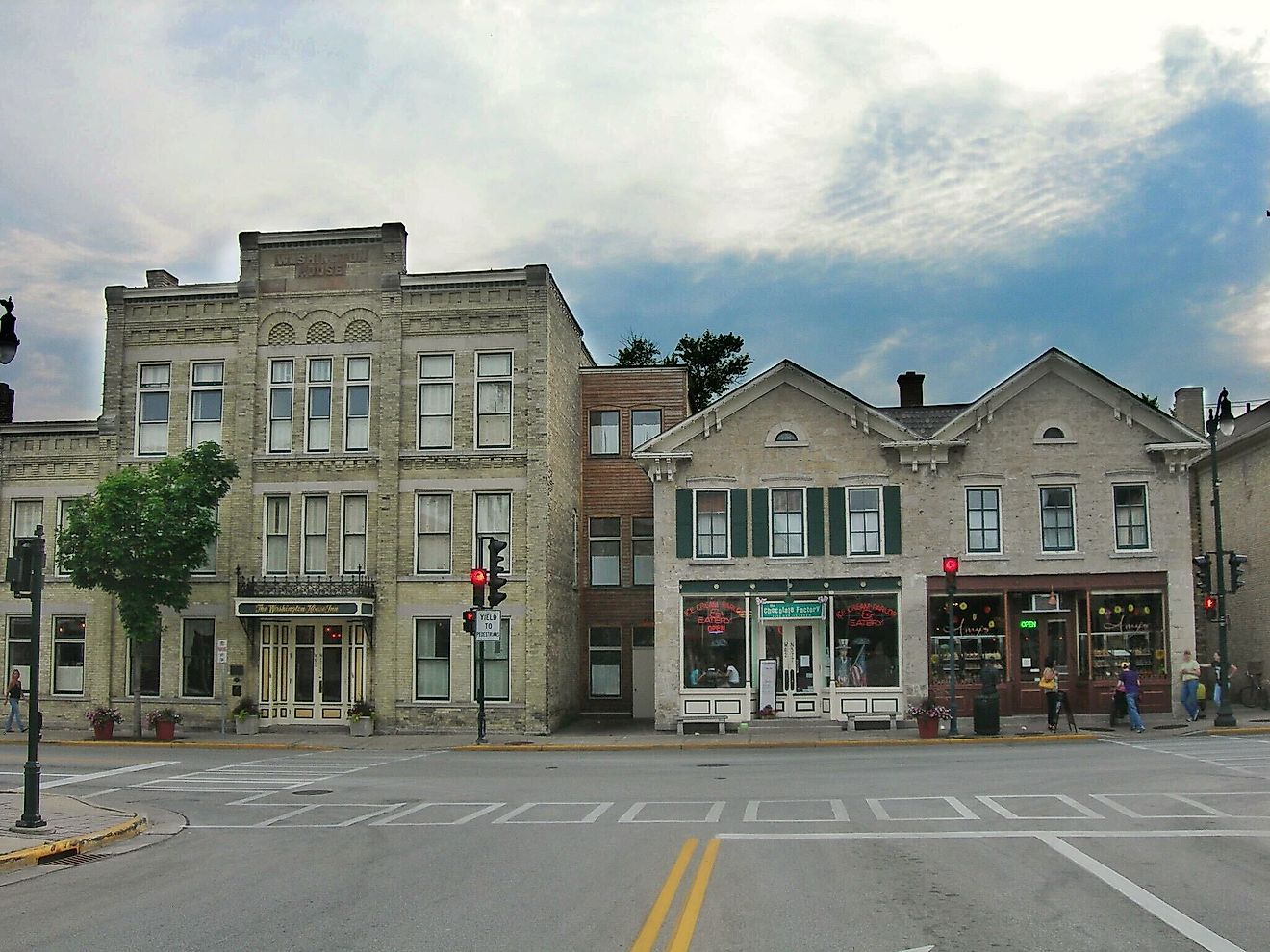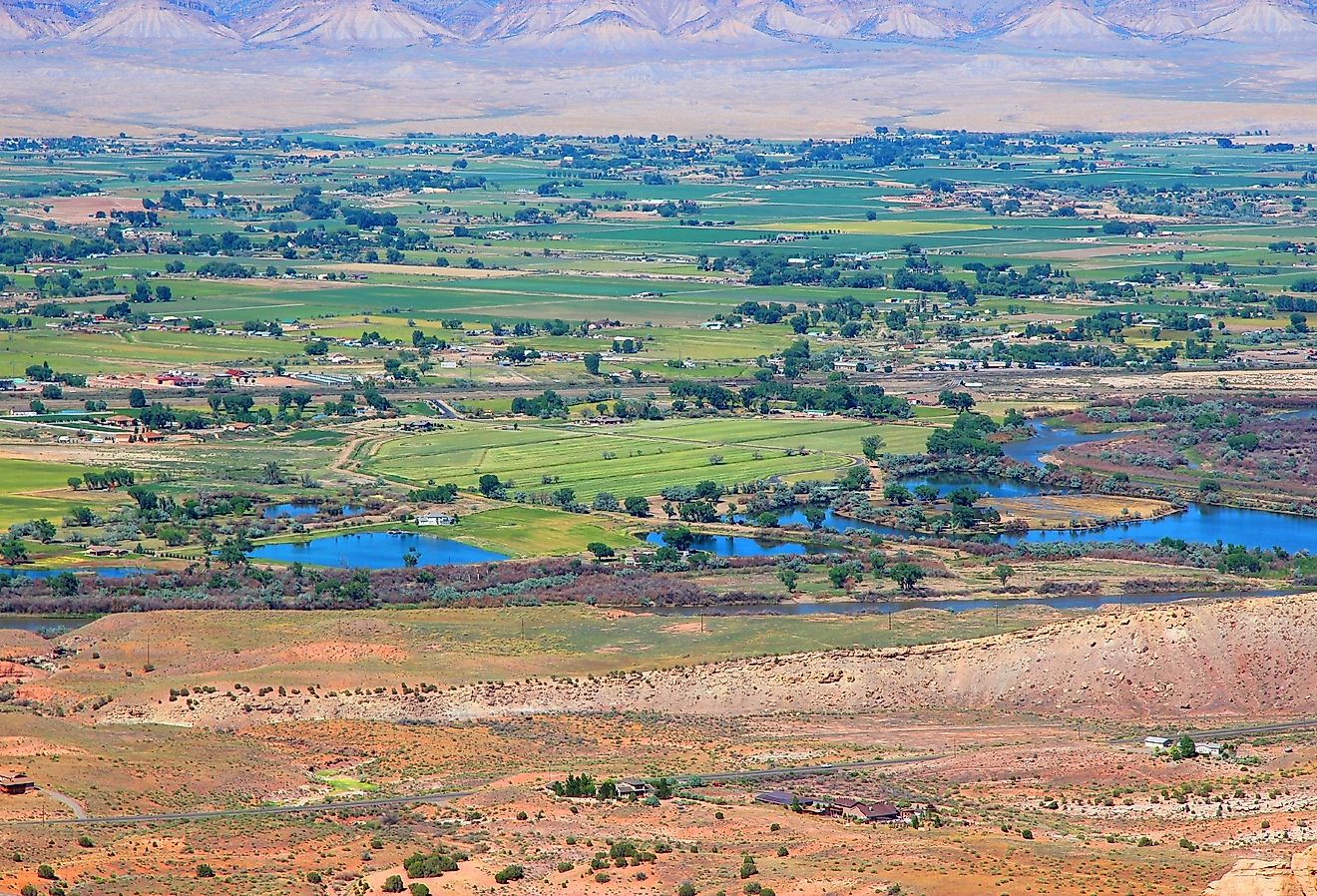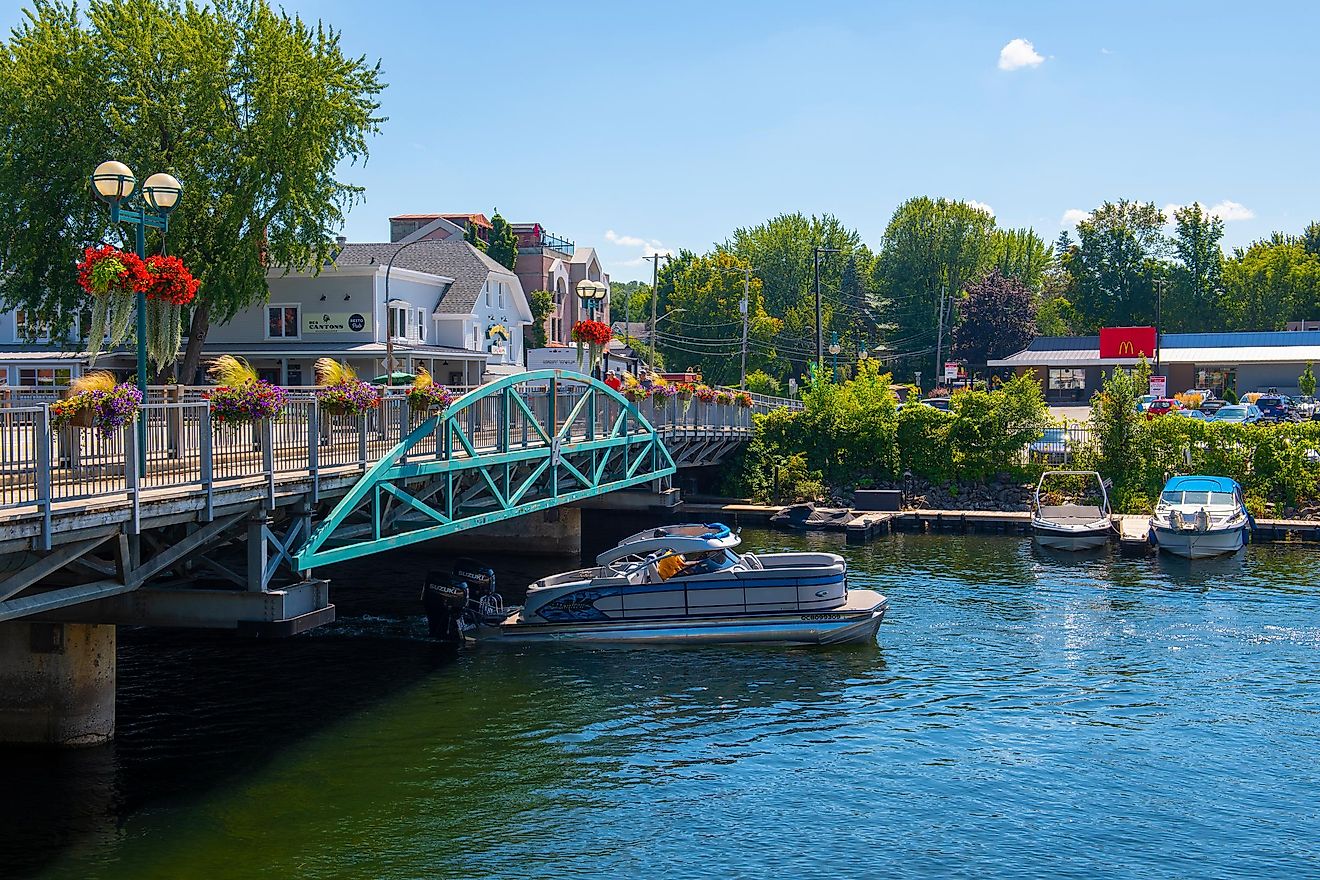
6 Time-Capsule Towns in Arkansas
The small towns of Arkansas are home to many stunning landmarks — each one every bit as impressive as the rivers and valleys of the state's rugged wilderness. Many of the towns honor their own pasts with downtown historic districts, and ongoing preservation of original buildings and architecture. This article will explore the oldest Arkansas towns, the ones that have most preserved their histories, and provide prospective visitors a comprehensive list of the best places in which Arkansas history can be explored.
Batesville
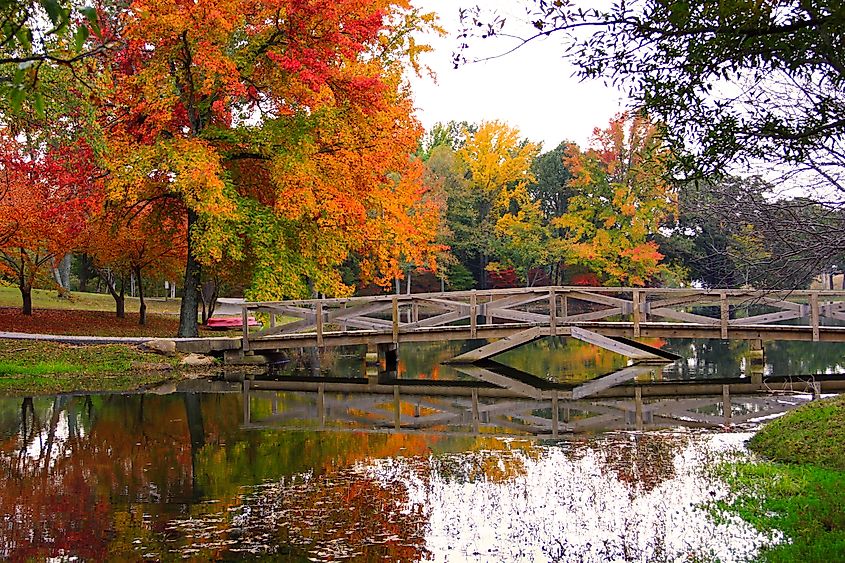
It would only be fitting to start this list with the state's oldest existing city. (Quick note: Batesville, founded in 1821, is indeed Arkansas' oldest city, although Georgetown — settled in 1789 — represents the state's oldest continuously settled area.) Batesville is known for the White River flowing through the center of town. The River's proximity was a main driving force behind early Batesville economy, which used the waterway for shipments. Nowadays, the town has many walkways and parks to explore along the water's edge-along with Southerland Park Golf Course, for those with athletic inclination.
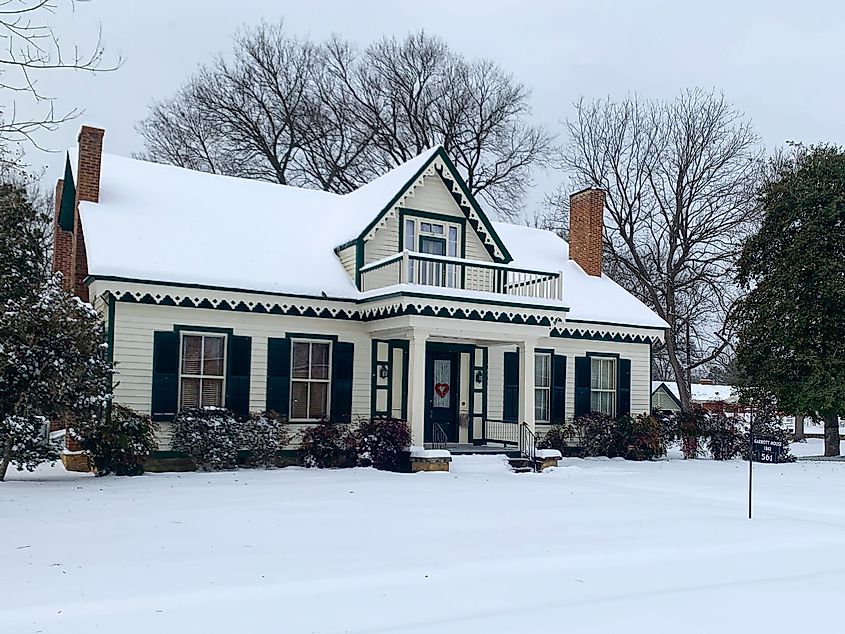
Batesville rebuilt some of its oldest homes and buildings after a fire in 1920. The main attraction is the Garrott House: the first structure in all of Batesville to be placed on the National Register of Historic Places, this home is a stunning display of Georgian architecture with a side gable roof and five chimneys. Not to be outdone, the Luster Urban Farmstead appears much as it did in the late-1800s; the property includes a barn, smokehouse, well, and a semi-detached maid's house.
Van Buren
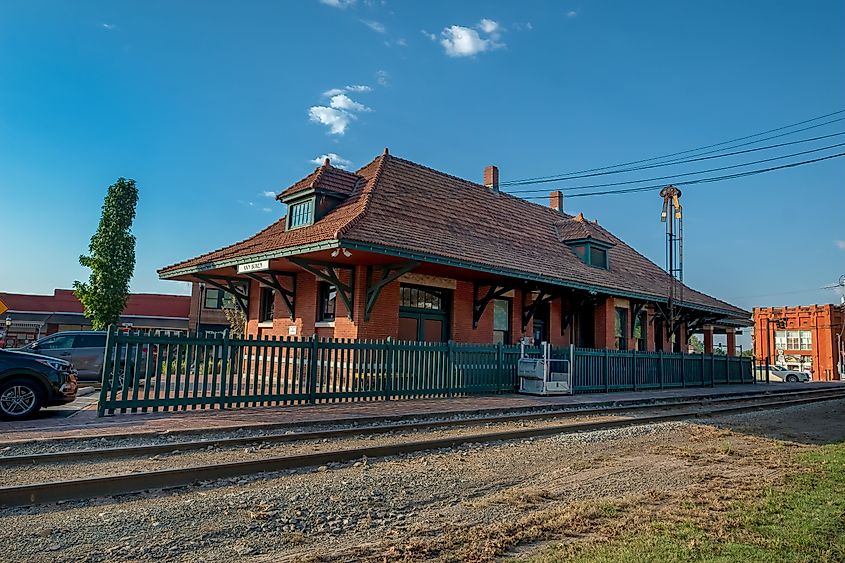
The key antique attraction in Van Buren is the King Opera House, a Victorian-style performance venue from the late 19th century. Part of the historic downtown, this building is still operational today, and hosts everything from plays to weddings. Nearby, also in the historic district, the Crawford County Courthouse is the oldest functioning courthouse west of the Mississippi River. The Albert Pike School, adjacent to the Courthouse, is one of the oldest buildings in Arkansas. Built circa 1820, this small log schoolhouse remains an undisturbed representation of what educational facilities looked like over two hundred years ago.
Arkadelphia

Built along the Ouachita River and named Blakelytown until 1838, Arkadelphia was a port town at first and now remains as a glimpse into Arkansas history. Several of its buildings are impressive in both their preservation and construction, including the Henderson State University, a red-brick and white-columned campus built in 1890, and the Ouachita Baptist University, built in 1886 in neoclassical style, also with brick and limestone. The DeSoto Bluff Trail overlooks the Ouachita River, providing visitors with a breath a fresh air and a stroll through nature. This riverwalk gives visitors a chance to appreciate the 1800s architecture while also imagining the town's earliest days.
Camden

Camden is steeped in American history, maybe more so than any other town on this list. If you are one for historic homes and districts, Camden has them in spades, but what sets this town apart is its remnants of the Civil War.
During the Civil War, Confederate forces constructed Fort Lookout, Fort Southerland, and the Camden Water Battery to defend the city. In 1864, Union General Frederick Steele occupied Camden briefly during his Red River Campaign. The Forts and the Battery (a series of defensive structures) are all places for sightseeing today, though time and nearby construction have reduced part of the complexes.
Fort Southerland Park, which is spacious and walkable, contains Fort Southerland itself, while the Ouachita County Historical Society is working to preserve the earthworks of the forts, while also creating a museum to showcase this tumultuous time in American history, and Camden's role in the fighting.
Eureka Springs
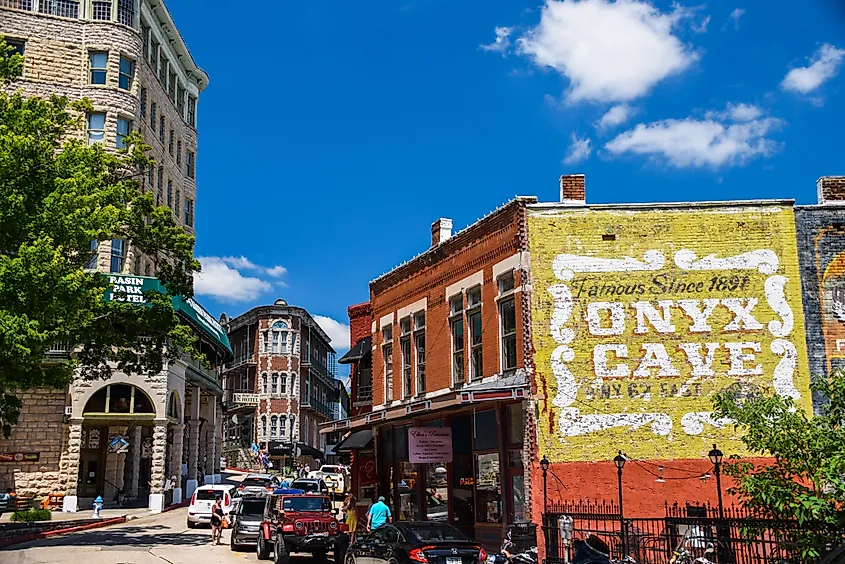
If being built around natural springs and created as a Victorian-era spa town is not enough appeal on its own, the fact that the entire downtown of Eureka Springs is on the National Register of Historic Places should be.
Visitors are highly encouraged to tour and experience the majesty of these historic Victorian buildings, the most notable of which are the Palace Bath House and the Crescent Hotel. Each uses the natural springs in their very foundations, and the Bath House (built in 1901) is a rusticated limestone masterpiece, restored with extra attention to detail, and every bit as palatial and grand inside as out.
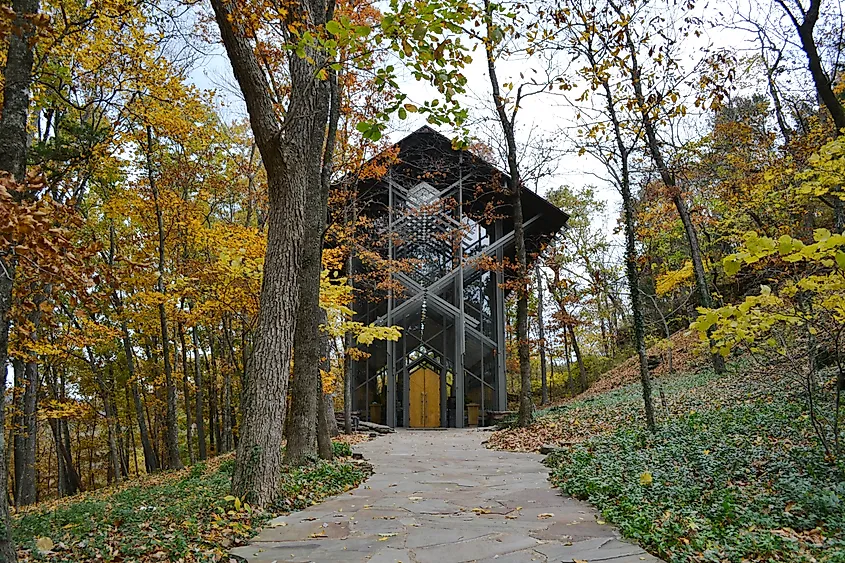
Walking the downtown of Eureka Springs is a melding of untouched history with modern attraction, and if you are one for more stunning architecture then the Thorncrown Chapel, in the surrounding hills, is a towering glass-and-wood structure reaching into the sky.
Pine Bluff
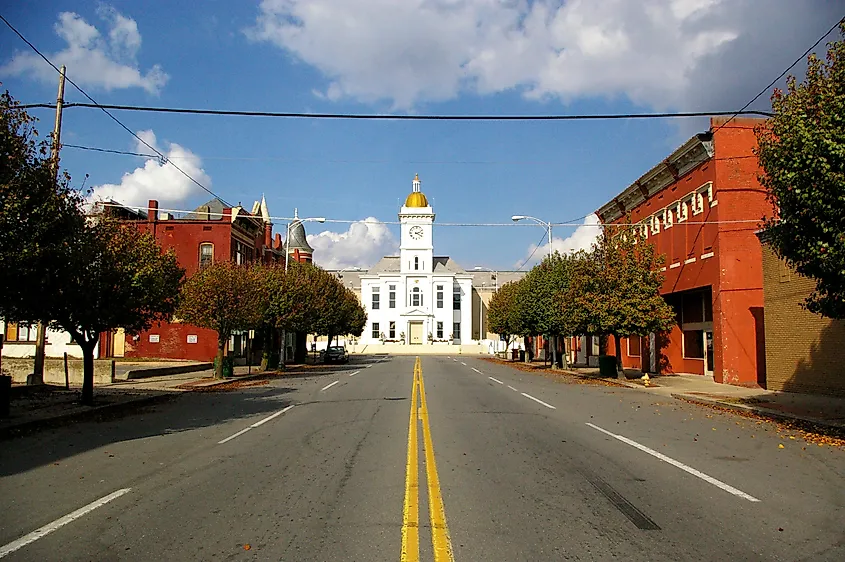
The largest city on this list, Pine Bluff stretches along the Arkansas River and the winding Bayou Bartholomew, celebrated as the world’s longest bayou and a natural playground for paddlers and wildlife enthusiasts. Its history is etched into its streets, buildings, and very atmosphere, as various time periods have left their mark on the town's foundations. A railroad hub several decades ago, Pine Bluff also has several historical institutions independent of the railyard. The 1902 Masonic Temple, for example, built by African Americans and the largest building in Pine Bluff at the time.
The Boone-Murphy-Moore House, which housed Colonel Powell Clayton during the Civil War, is one of several historic houses in Pine Bluff, as well. Matching it is the R.M. Knox House is a prime example of Victorian architecture and exists as a representation of the town's booming population of the time. Between the houses and the buildings and everything in between, Pine Bluff is as historical as any other Arkansas town and is just waiting to be explored.
Visit Historic Arkansas Today
This list highlights six Arkansas towns with deep ties to the past. Some — like Camden and Pine Bluff — played meaningful roles during the Civil War and still preserve landmarks from that era. Others — such as Eureka Springs and Van Buren — stand as living showcases of 19th-century architecture, balancing historic preservation with vibrant modern life. Arkansas offers countless destinations for history lovers, but these six towns provide a perfect starting point for anyone ready to explore the state’s rich and varied heritage.

